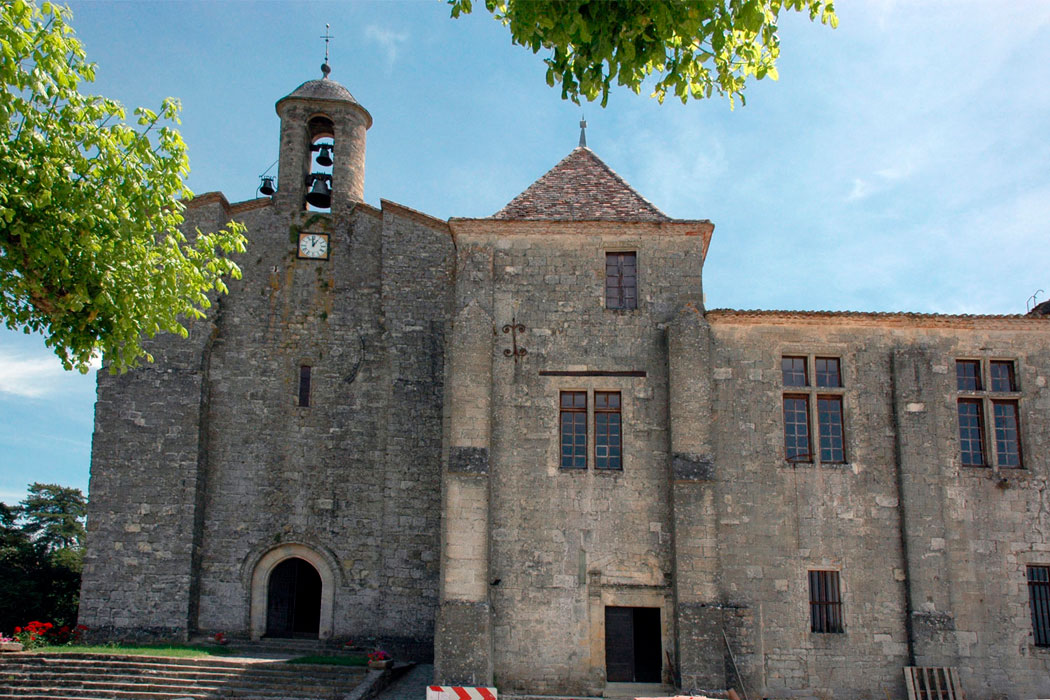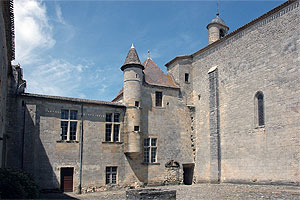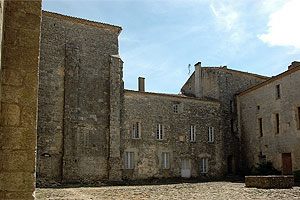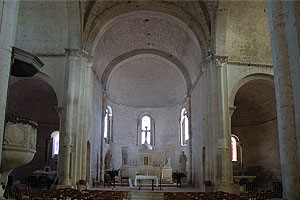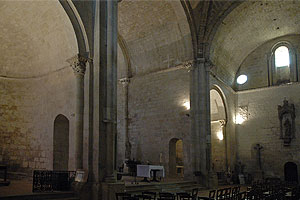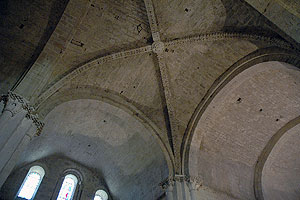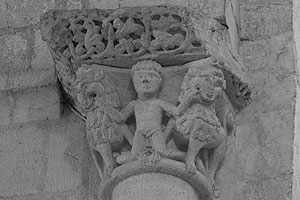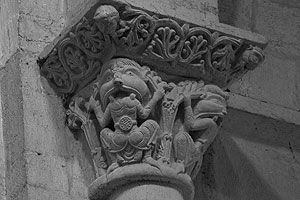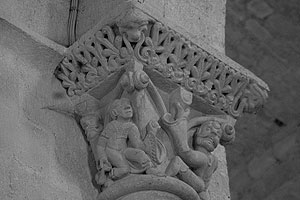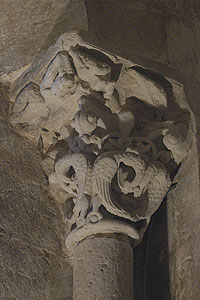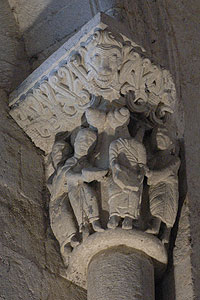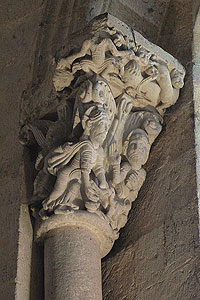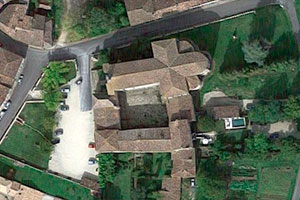The origins of the monastery of Saint-Ferme are unknown. The earliest known record dates back to 1080, when Bishop Raymond of Bazas placed it under the authority of the Abbey of Saint-Florent of Saumur (Maine-et-Loire) with the aim of restoring the discipline it had lost, an operation that was repeated several times until the 13th century. In 1291, the monastery regained its independence.
From 1532 onwards, it was governed by commendatory abbots. During the Hundred Years' War, the monastery was fortified, but these defenses did not prevent severe damage during the Protestant occupation in 1586, an event that occurred again in 1615. Despite this, the abbey managed to recover, undergoing significant structural modifications, and remained active until its suppression in 1770.
Today, an important group of buildings is preserved around the site where the cloister once stood, although it has now been lost. The church, of Romanesque origin but heavily altered, still stands. It consists of a single nave ending in an apse, with a transept featuring two additional apsidioles. Inside, a remarkable series of capitals can still be admired. Part of the former monastic buildings are publicly owned, while another portion is managed by the parish.
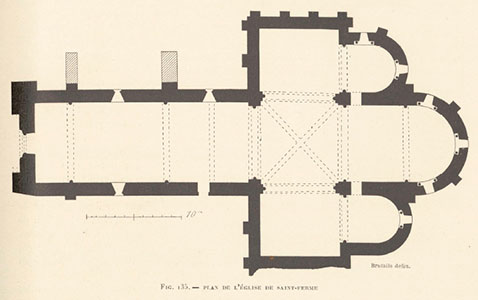
Plan of the church
Published by Jean-Auguste Brutails (1912)
- BEAUNIER, Dom (1910). Abbayes et prieurés de l'ancienne France. Vol. 3: Auch, Bordeaux. Abbaye de Ligugé
- BRUTAILS, Jean-Auguste (1912). Les vieilles églises de la Gironde. Bordeus: Feret et Fils
- DUBOURG-NOVES, Pierre (1969). Guyenne romane. La Pierre-qui-Vire: Zodiaque
- GAUBAN, Octave (1873). Histoire de La Réole. La Réole: Vigouroux
- SAINT-MAUR, Congregació de (1715). Gallia Christiana in provincias ecclesiasticas distributa. Vol. 1. París: Coignard
